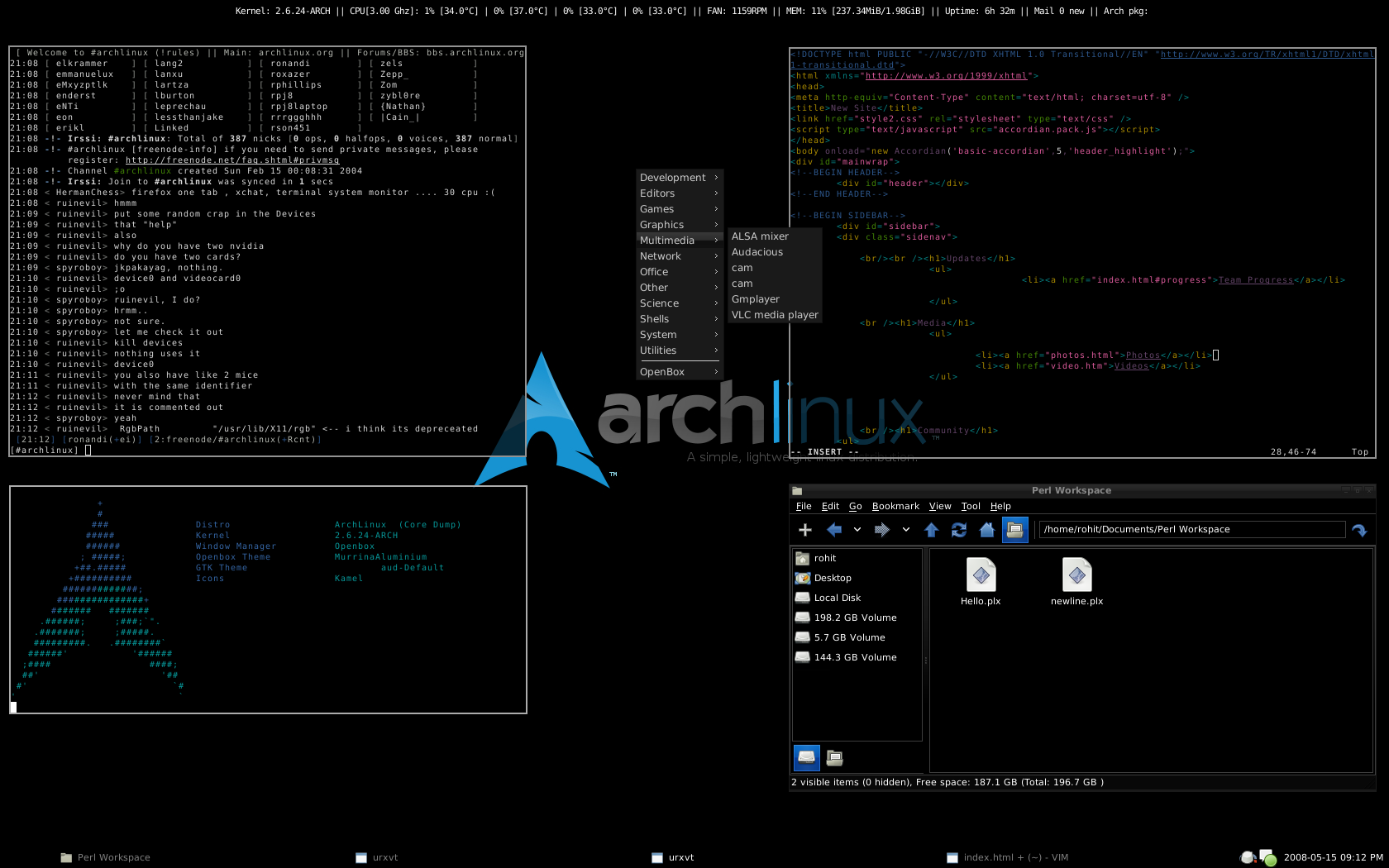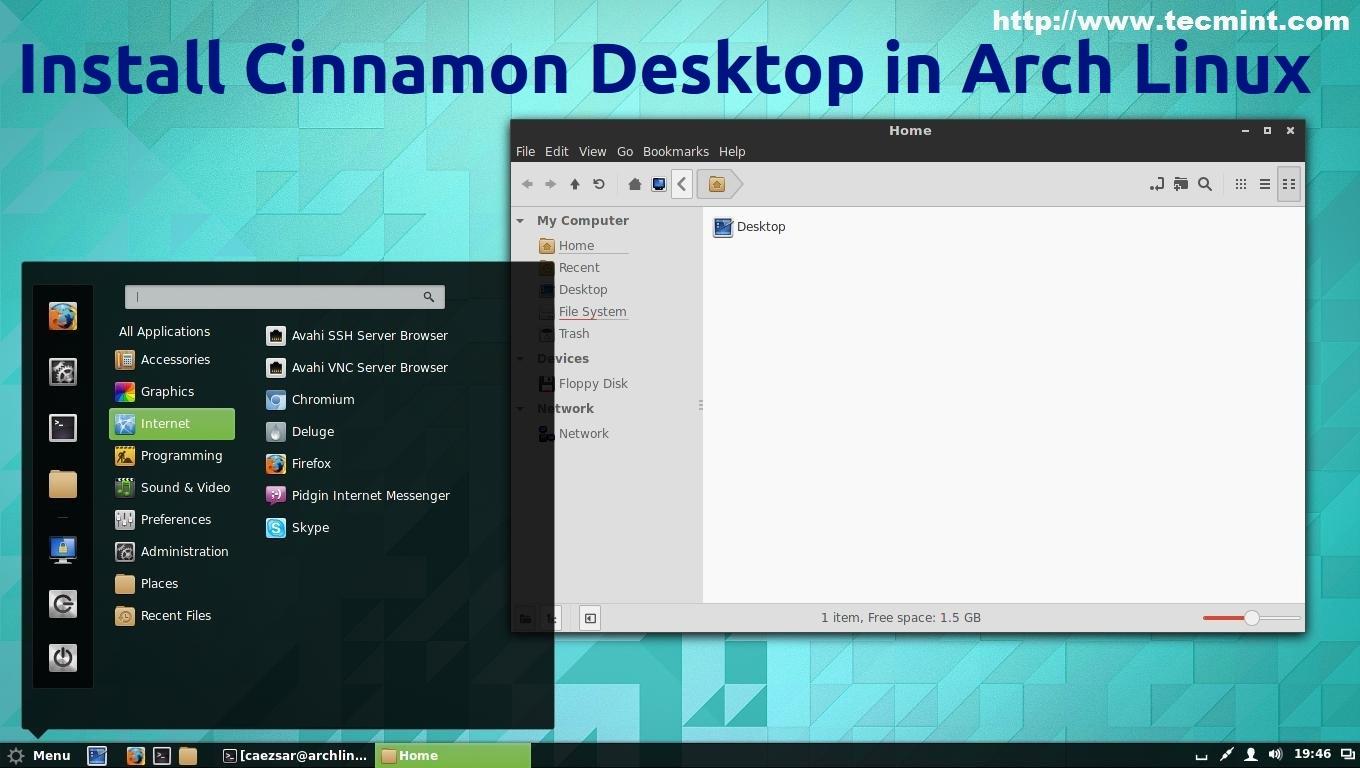

You should definitely try configuring the network manually using the network manager, as the interface is a great Linux lesson in itself. You get to learn new things about Linux while going about your day-to-day tasks. This way, you enjoy the best of both worlds, without having to compromise on flexibility or the ease of access.Īrch provides you with an authentic Linux experience.
Arch linux install#
Pacman makes Arch a bridge between the distros that let you install packages from their repository and the distros that let you compile binaries from the source. The package manager is versatile enough to support the installation of packages from the Arch repository and binaries compiled from the source using makepkg. Pacman's functionality is as unique as its name. Remember pacman (the Arch Linux package manager)? You can find information regarding recent changes, the latest Arch news, statistics, requests, and much more. Arch Linux is one of the most well-documented Linux distros available. It helps you find everything you need to know about the distro and related issues. The Arch Wiki is the documentation for Arch Linux.
Arch linux software#
This gives you access to a whole new world of software that would otherwise take time to lead you to your distro conventionally.ĪUR contains the package description PKGBUILDs, which allows a user to build a package directly from the source using makepkg and install it using the package manager. The most commendable part is that several packages are included in the AUR before they're added to the official Arch repositories. It holds a massive library of installation packages related to Arch Linux. The Arch User Repository is a community-driven repository for Linux packages developed by users. The updates are easy to install and include all the latest features that come with the newest release.
Arch linux update#
You can use the following command to update your distro to the latest version: pacman -syu

Arch follows a rolling release model that makes updating your operating system more straightforward than ever. Arch Is Cutting-EdgeĪrch updates are a treat for every user who loves to try new features as soon as they release. To ease matters and put the control in the hands of the user, you get to decide everything, right from the desktop environment to the components you want on your machine.įor this very reason, the DIY approach is a handy feature, which makes Arch extremely lightweight and accessible, since it does not come with any pre-installed bloatware. The trusted users inspect and test the PKGBUILDS, and remove any containing dangerous mistakes or malicious intentions.Arch doesn't come with its own native desktop environment or window manager. To mitigate the risks, uploaded scripts are reviewed by qualified, respected volunteers, known as trusted users. And they'd like you to run them on your computer. It's a collection of scripts from random users across the internet. The problem with the AUR becomes apparent when you boil it right down to basics. AUR Packages that get sufficient user votes can be promoted to a regular Arch repository called the community repository. These can be open or closed source packages, or even commercial software. The AUR allows anyone to create a PKGBUILD for a piece of software they'd like to make available for other Arch users. The AUR entry for those packages only holds a PKGBUILD file that downloads the pre-compiled binary to your computer. But those binaries are not hosted in the AUR, they're stored elsewhere on the internet. The pacman tool is called automatically to install the software from the package archive.Īt the risk of introducing some confusion, some AUR packages do deliver pre-compiled binaries.
Arch linux code#
The PKGBUILD instructions download source code files and other files that are required to create the package archive. If you're familiar with compiling on the command line, a PKGBUILD file and makepkg work together in a similar fashion to a MAKEFILE and the make utility.
Arch linux archive#
When makepkg runs, it looks for a file called "PKGBUILD." If it finds one, it opens it and follows the instructions inside it to create a software package archive on your computer. These are shell scripts that are run by the Arch makepkg tool. The AUR hosts package build files, called PKGBUILDs. In fact, it doesn't host binary files or packaged software at all. Unlike other Arch repositories such as the core, extra, and multilib repositories, the AUR doesn't host ready-to-install packages. The AUR ( Arch User Repository) is a community driven software repository that provides upwards of 85,000 software packages to Arch Linux users.


 0 kommentar(er)
0 kommentar(er)
